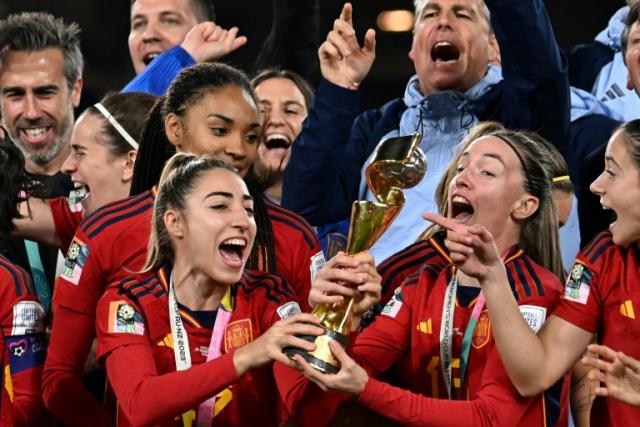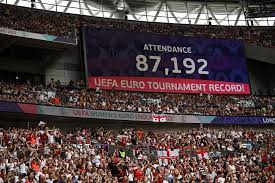

The Women’s World Cup recently concluded in Australia where Spain reigned victorious and took home the trophy, beating close favorites England. To achieve this, they overcame strong sides like Sweden and the Netherlands while missing Alexia Putellas, a Women’s Ballon d’Or frontrunner, due to injury. This, among player protests against poor management from the coach and lack of funding from the Spanish RFEF (the Spanish governing body for soccer), created an environment in which few thought Spain could accomplish what they did.
Along with soccer, the Women’s World Cup fostered questions about the treatment of female athletes compared to their male counterparts, especially regarding pay. Proponents for women’s soccer have advocated for the equal pay between female and male athletes for decades despite and despite strong resistance, there has been some success in leveling the playing field.
The Difference in Pay

The 2023 Women’s World Cup showed great improvement from past tournaments, boasting the highest total prize money in its history, tallying at $110 million. This is a very large increase from the 2019 World Cup, in which the total prize money was $30 million. The substantial increase is impressive and marks a significant step forward for women’s soccer, especially considering that less than fifty years ago, there was legislation in England that banned women from playing organized, competitive soccer.
In contrast, the men’s tournament paid “out $440 million in prize money” according to NBC Sports. The winning country received $42 million alone, more than one third of the total women’s payout.
Differences in Revenue
One argument for the pay gap would be that the women’s cup doesn’t bring in as much revenue as the men’s. However, given that FIFA tracks world cup revenue as a sum of both the tournaments, there is no public data that can verify this claim.

Similarly, a common argument is that individual women’s national teams fail to earn the same amounts as their male counterparts. Interestingly enough, the exact opposite occurs in the United States. According to the United States Soccer Federation (the organization that oversees all of soccer in the United States including grassroots leagues and the national teams), between 2015 and 2019, the “USMNT played 87 total games and made $18.5 million overall, averaging $212,639 per game.” In the same period of time, “the USWNT played 111 total games and made $24.5 million overall, averaging $220,747 per game.”
Shirt Sales
Another argument could be that the men’s players are more popular. And if you measure popularity in jersey sales, which isn’t represented in the per game revenue statistics, the women outperform the men again. ESPN published an article in 2019 regarding the topic:
“Sales of the USWNT jersey have outpaced all other U.S. soccer jerseys, including those of the men’s team, according to statistics from Nike and Fanatics, two of the official licensed sellers. Nike said in its earnings report that the women’s 2019 stadium home jersey is now the No. 1-selling soccer jersey, men’s or women’s, ever sold on Nike.com in one season. Fanatics said this is the top-selling U.S. Soccer national team, men’s or women’s, of all time” – Tom VanHaaren, ESPN Staff Writer
Match Attendance

Finally, some may contend that women’s games don’t attract the same crowds that men’s games do. However, in August of 2022 ESPN reported that the three highest attended games in European football were women’s matches. The Barcelona vs. Wolfsburg Champions League game (91,648), the England vs. Germany Women’s Euro final (87,192), and the Barcelona vs. Real Madrid El Clásico (91,533) all saw sold out crowds. The Barcelona, Wolfsburg game attracted more supporters than the highest attended Premier League game in the prior season (73,564 at Old Trafford when United tied Chelsea), more than the 2022 FA Cup and Carabao Cup finals (both seeing crowds of just under 87,000), and more than the 2022 Champions League final between Real Madrid and Liverpool (75,000).
Conclusion
In short, women’s teams have, on multiple occasions, out-performed the male sides in terms of revenue, shirt sales, and attendance. These statistics suggest that the gender pay gap is an unjustified relic of a sport once dominated by male stardom.
Sources: per game revenues; shirt sales; highest attended games





